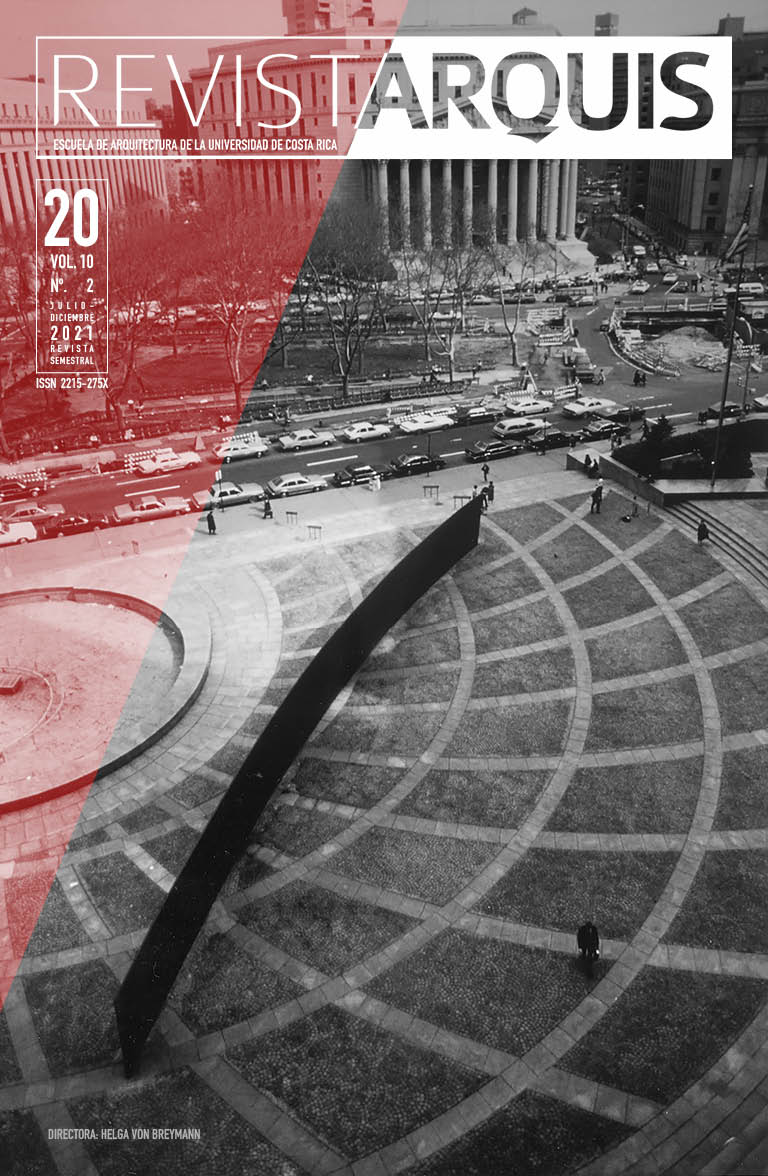Abstract
The article aims to contribute to the understanding of the factors that relate autism to the design of the built environment. On the one hand, it proposes that some nonsocial particularities of autism such as the insistence on sameness, the strong local coherence, and the systematizing ability intervene in the way of knowing the built environment. On the other hand, it proposes that these same particularities can serve as a conceptual basis in the ideation of buildings and environments that are easily understood by people with autism. In the text, these arguments are developed in three parts. The first part defines spatial cognition from the perspective of Environmental Psychology as the mental process that allows the human being to know and understand the physical space. The second, exposes the cognitive particularities of autism mentioned above, from the theories that have tried to explain them: the weak central coherence (WCC), the executive dysfunction and the hyper-systemizing. And the third part, proposes a type of spatial and formal organization that could respond to the skills of memory, attention to detail and systematization. This proposal suggests that people with autism would be able to recognize the system underlying a physical environment structured from simple and evident elements and laws of organization and that, therefore, they would be able to understand its general structure and associate the organization of its spaces and paths with a pre-established sequence of activities.

